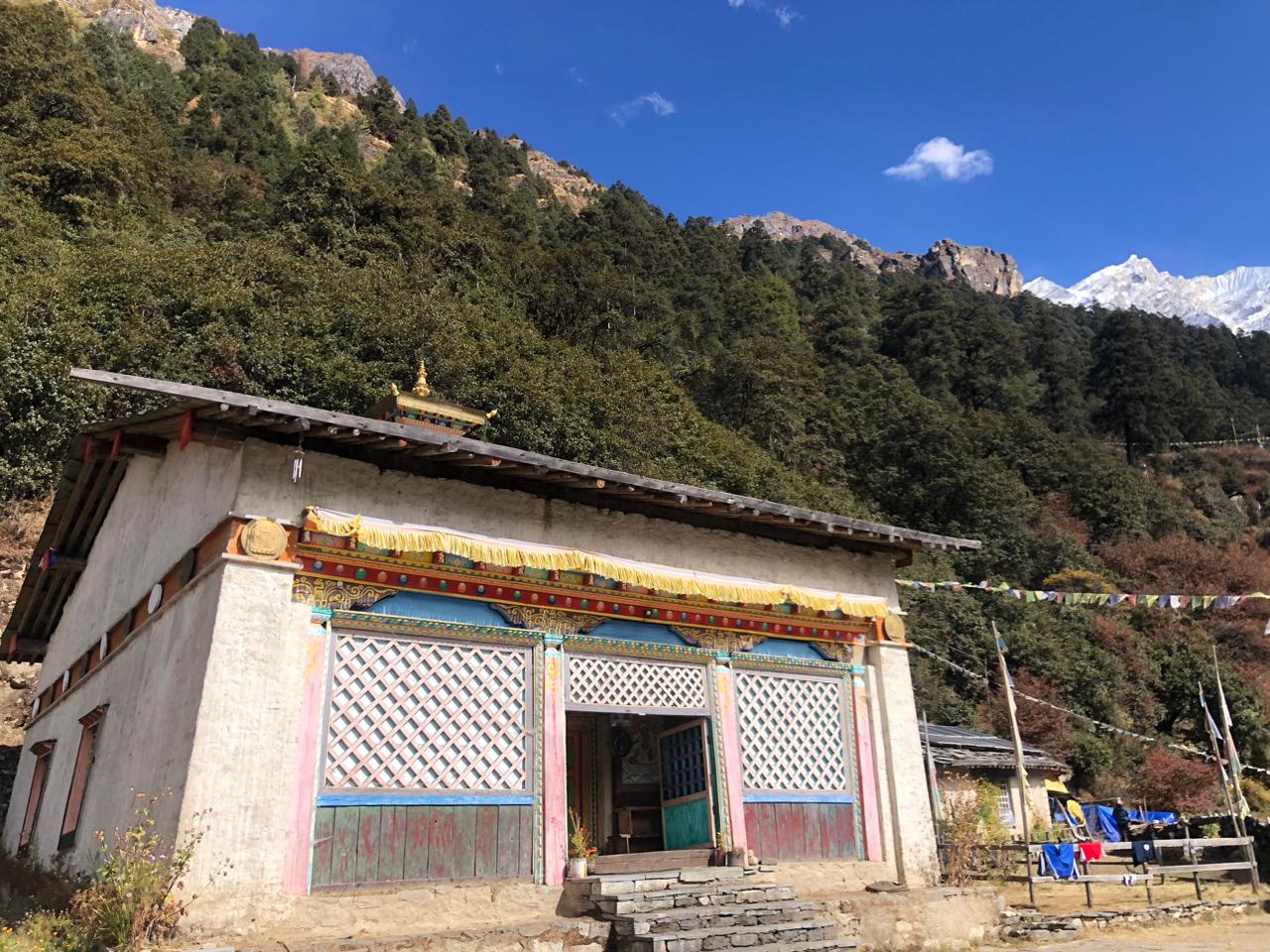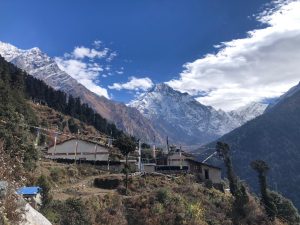
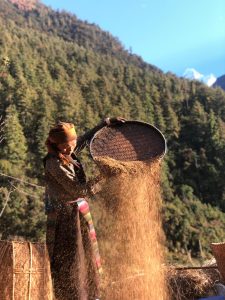 TSUM VALLEY
TSUM VALLEY
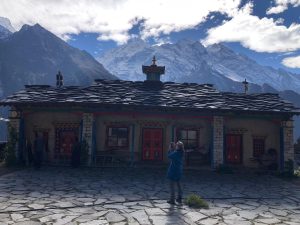
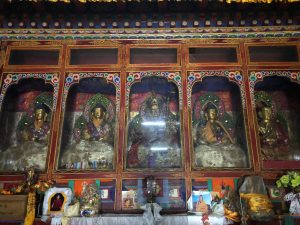
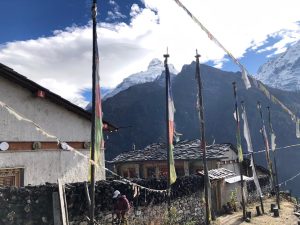
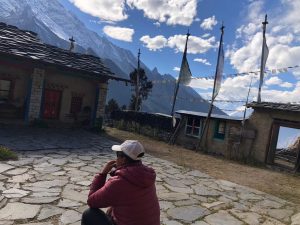
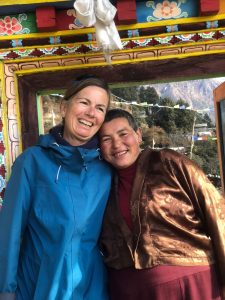
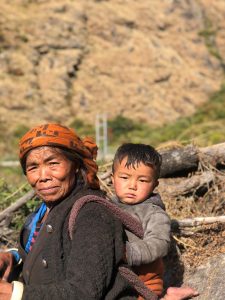
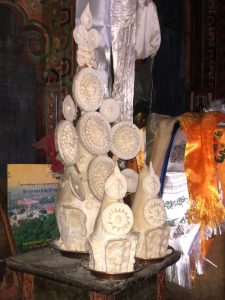
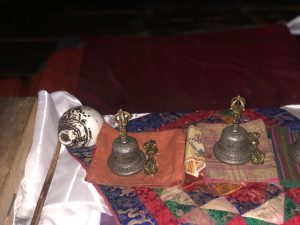
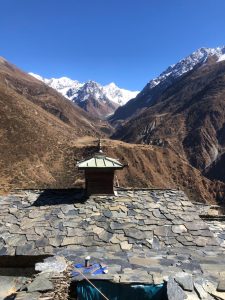
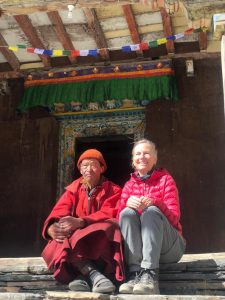
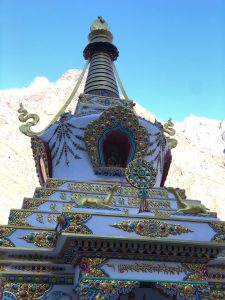
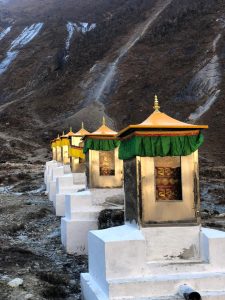
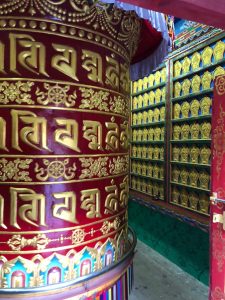
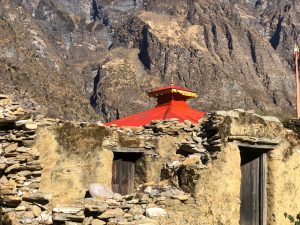
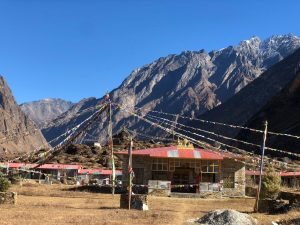
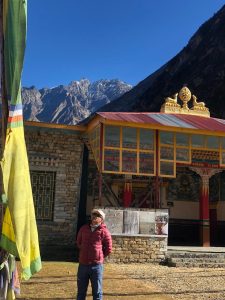
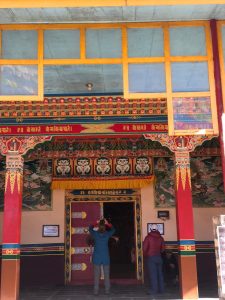
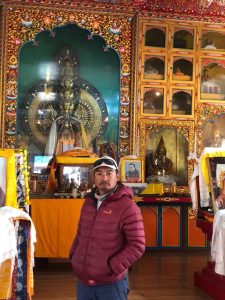
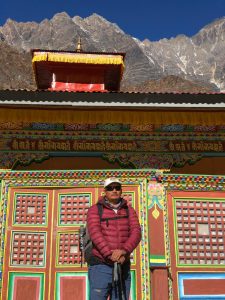
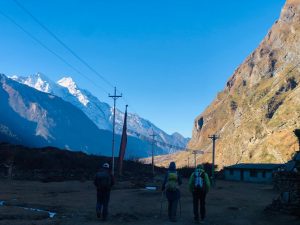
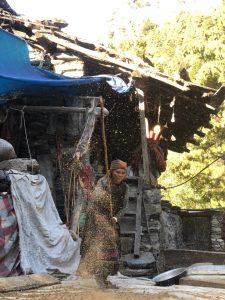
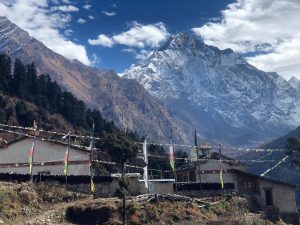
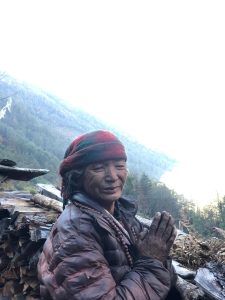
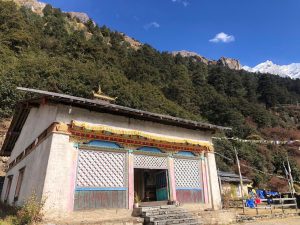
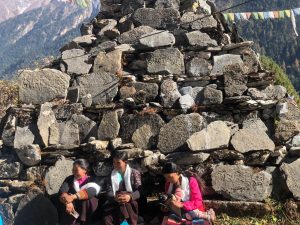
The Tsum Valley is a valley situated in Gorkha district of western Nepal at an altitude of 2,000 to 3,500 m (6,600 to 11,500 ft). The valley lies inside the jurisdiction of the Manaslu Conservation Area which was established in 1998.
The valley has 33 villages with 529 households and the population is 1,810. The lower part of the valley is steep and has less settlement. The Tsumba are the indigenous people of the valley. They practise both Bon and Buddhism.
People in Tsum Valley
Residents of Tsum Valley are called Tsumbas and are of Tibetan origin. Tsumbas have their own unique dialect called Tsumke or Tsumba, which is inspired by the Tibetan language. Most of them are farmers who raise Yak and farm Potatoes and Millet.
https://shreeadventure.com/trip/tsum-valley-trek/
Where is Tsum Valley?
The Tsum Valley, situated in the Manaslu region and near the Tibetan border, is one of the most secluded valleys in Nepal that provides spectacular views of high mountains. The inhabitants of Tsum Valley closely follow Tibetan-style Buddhism, unique to this region.
What is the history of the Tsum Valley?
Tsum valley bears an old Buddhist as well as civilization history. The ancient remains of the Tsum kingdom are still visible today. The Buddhist saint Milarewa is believed to be meditated in caves of this area. Himalayan Thar and Blue Sheep are most common wildlife in Tsum Valley, fishing is strictly prohibited here.
Who are the people in the Tsum Valley?
Tsumbas
Residents of Tsum Valley are called Tsumbas and are of Tibetan origin. Tsumbas have their own unique dialect called Tsumke or Tsumba, which is inspired by the Tibetan language. Most of them are farmers who raise Yak and farm Potatoes and Millet.
Where does Nepal and Tibet meet?
There are 2 main routes connecting Nepal and Tibet: at the Gyirong entry port and at Semikot/ Hilsa. The most popular route is going through Gyirong. The border is located near Everest in one of the most beautiful parts of the Himalayan range.

